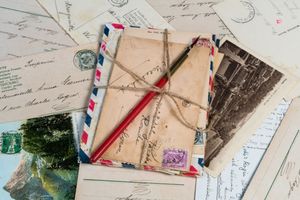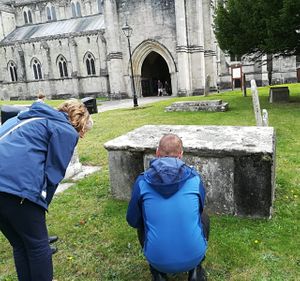Known as Cheesehill Street in the nineteenth century, Chesil Street in Winchester was officially home to the Pointer family brewery from the late eighteenth century until 1895. The success of the brewery meant the Pointers family were members of Winchester’s affluent middle class.
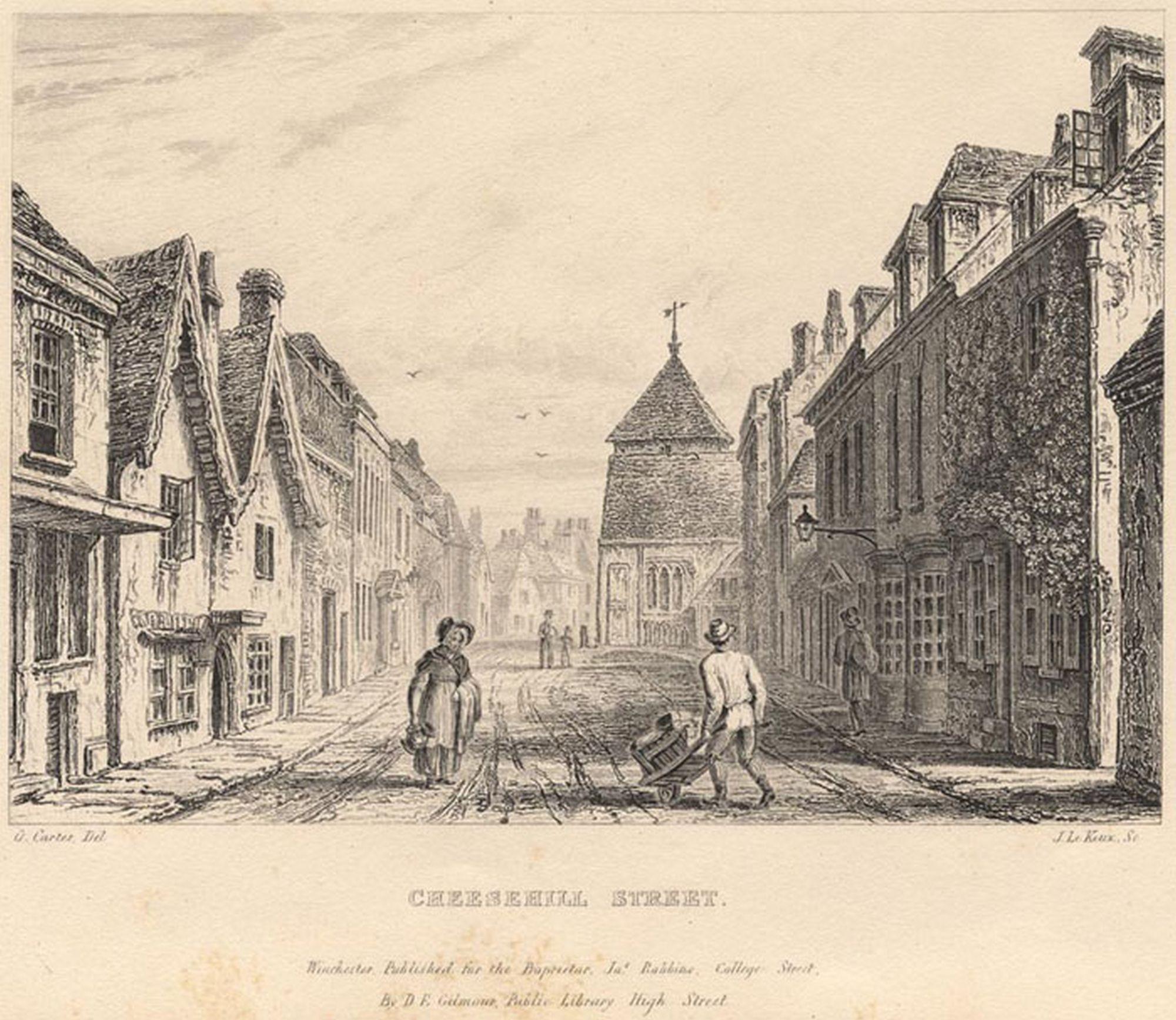
The 1841 census is the first piece of evidence that shows Pointer brewery was trading under George Pointer. The census records him as living with his family and two servants on Cheesehill Street. Pigot & Co.’s directory of 1844 lists George Pointer as a Maltster, meaning he was involved in the making of malt.
George Pointer was born in 1805 and was baptised later that year at St. Peter’s Church on Cheesehill Street. This places the family within the vicinity of Cheesehill Street from at least 1805. George’s parents are listed as John and Sarah Pointer, married in 1804, also at St Peter’s Church. As well as logging the names of the young couple, the record noted the occupation of John Pointer - he was a Maltster, too.
If we go further back, there is a baptism record for John Pointer in 1782. It is likely that this is the same John because he was baptised in St Peter’s Church and named after his father. It is not unthinkable that, if the Pointer men shared a name, they might also share a profession. Therefore, we could argue that there was a Pointer family brewery on Cheesehill Street from the 1780s, at least!
It is in 1851 that we first see George Pointer’s son, Giles Henry, getting involved with the family business. Aged seventeen, he is listed on the census as being the Maltster’s son, working alongside what we can assume to be another father and son duo, the “labouring maltsters,” John and William Lawes.
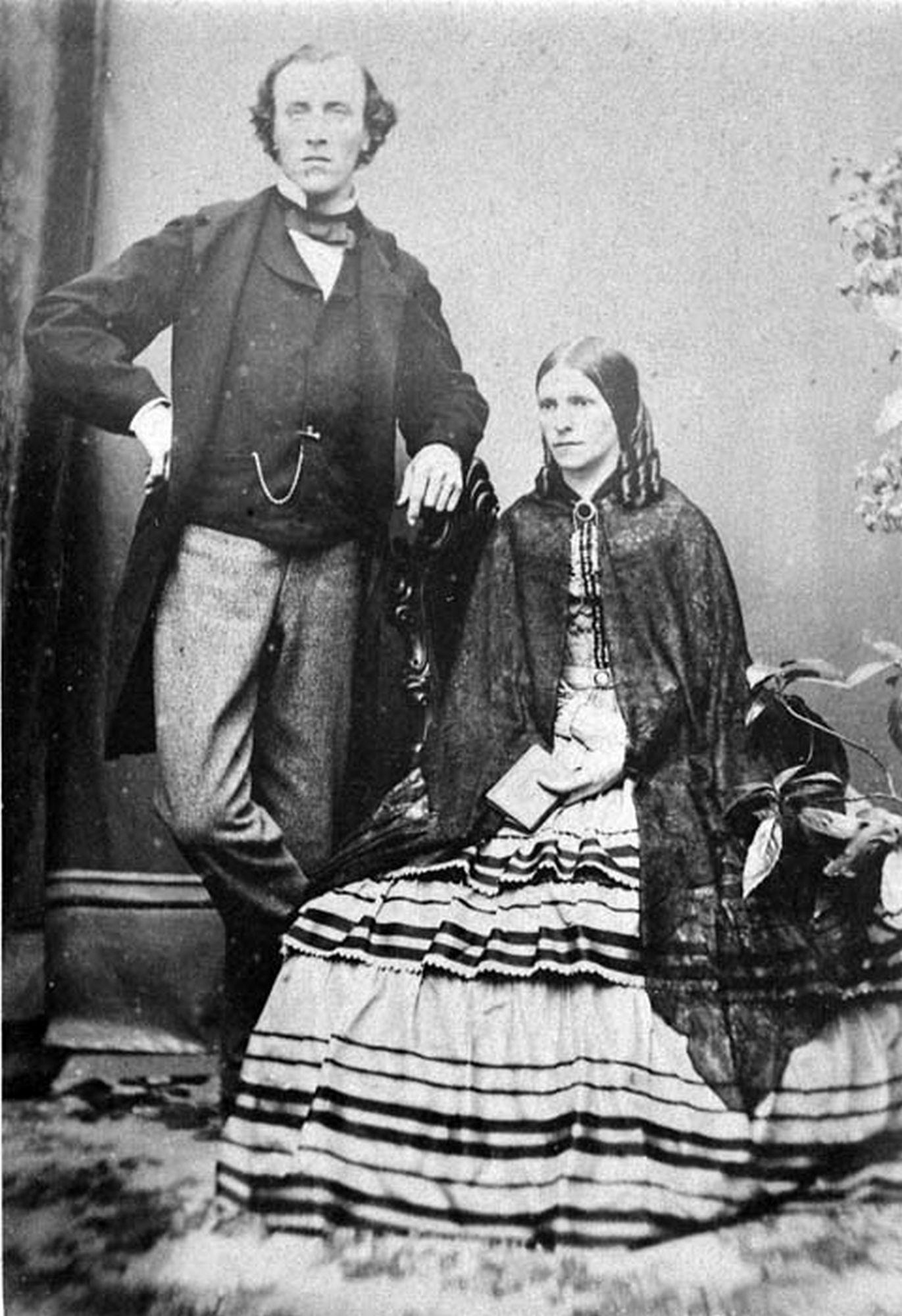
By the 1860s, George appears to have given most of the running of the business to his son, with the brewery workers listed within Giles Henry's household and not his fathers. Business appears to have expanded since the 1850s, as Giles Henry was employing two “malt men”, William Watts and Walter Sharpe, and a “cellar man,” Jacob Andrews.
Unfortunately, despite the good fortune the family seemed to be enjoying, in 1877 tragedy struck. Giles' first wife Marianne died and left behind a heartbroken husband and seven children. Their youngest son, another John, would have been just nine. Often, widowers would remarry fairly promptly after the death of their spouse—especially if there were children to look after. However, it would be nearly four years before Giles Henry would marry again.
In 1881, the brewery business was booming to such an extent that the Pointers could afford a cook as well as a nurse and house maid. It was likely also beginning to take care of itself, as the census states that Giles Henry employed eleven men. This would have freed up time for him to pursue one of his great loves: amateur dramatics. In Masters’ Directory for that year, Giles Henry is listed as a committee member of Winchester Amateur Dramatics Society. He also found time to travel because in January of the same year that we find him in Brighton, marrying his second wife, Mary Leakey.
The 1881 census also shows that the family changed address and was living near Worthy Lane in a place called Highfield Lodge. The new Mrs Pointer was pregnant too and between 1881 and 1889 the pair had five children. Their youngest, Leonard, was only a year old when Giles Henry died on 30 September 1890 leaving a personal fortune of around £14,959, nearly £2,000,000 in today’s money.
Mary, his widow, left Winchester at some point between 1890 and 1901. Mary would outlive her husband by over fifty years before dying on 8 February 1943. She left behind £2213 – just over a million pounds in today’s money – much of which she had presumably inherited on her husband’s death.
After Giles Henry’s death, the eldest of all of his children, George William, took over the family business. He lived at 12 Ranelagh Road in 1891 with his sister, Alice, and his new wife, Madeline. George William continued to look after the brewery until 1895 when he sold the business to a man called Benjamin Bishop Colson. The site was still listed as being a brewery in the 1913 edition of Warren’s Directory, but production is presumed to have ceased trading at some point shortly after.
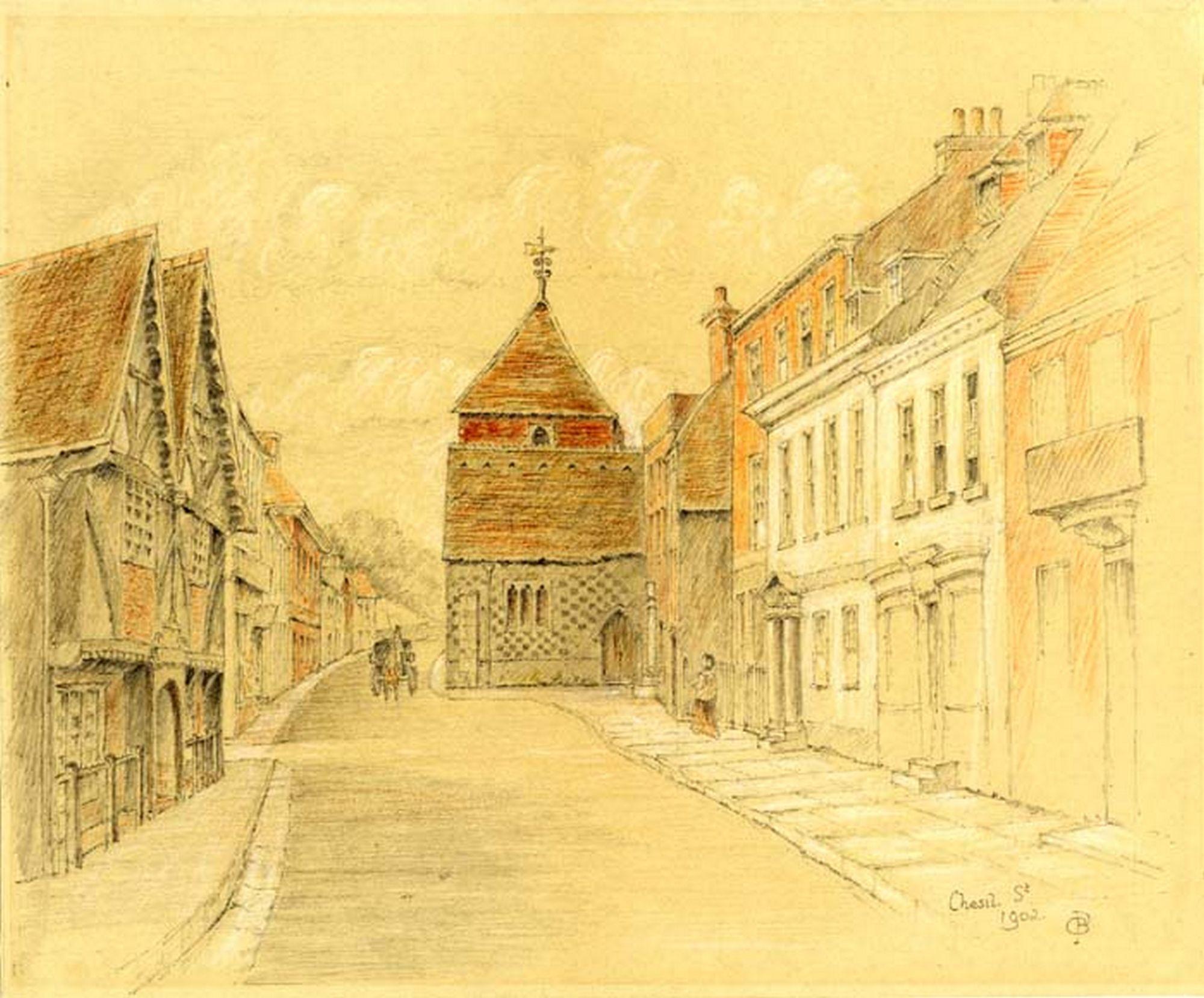
Benjamin Bishop Colson was born in Winchester, the son of a grocer, William Colson, of 2 Tower Street in 1858. Colson lived all over Winchester throughout the course of his life, but it is his last address which is worthy of mention to bring the story of the Cheesehill Brewery to a close. On 4 June 1928, Benjamin Bishop Colson died, leaving behind his widow, Maria Rodgers, at 10 The Square, Winchester. This is now the site of the clothing shop, the Hambledon and lies opposite Winchester City Museum.
If you have enjoyed Culture on Call and you are able to make a donation, please click the link below. Any support you can give will help us keep communities connected to culture in these difficult times.




